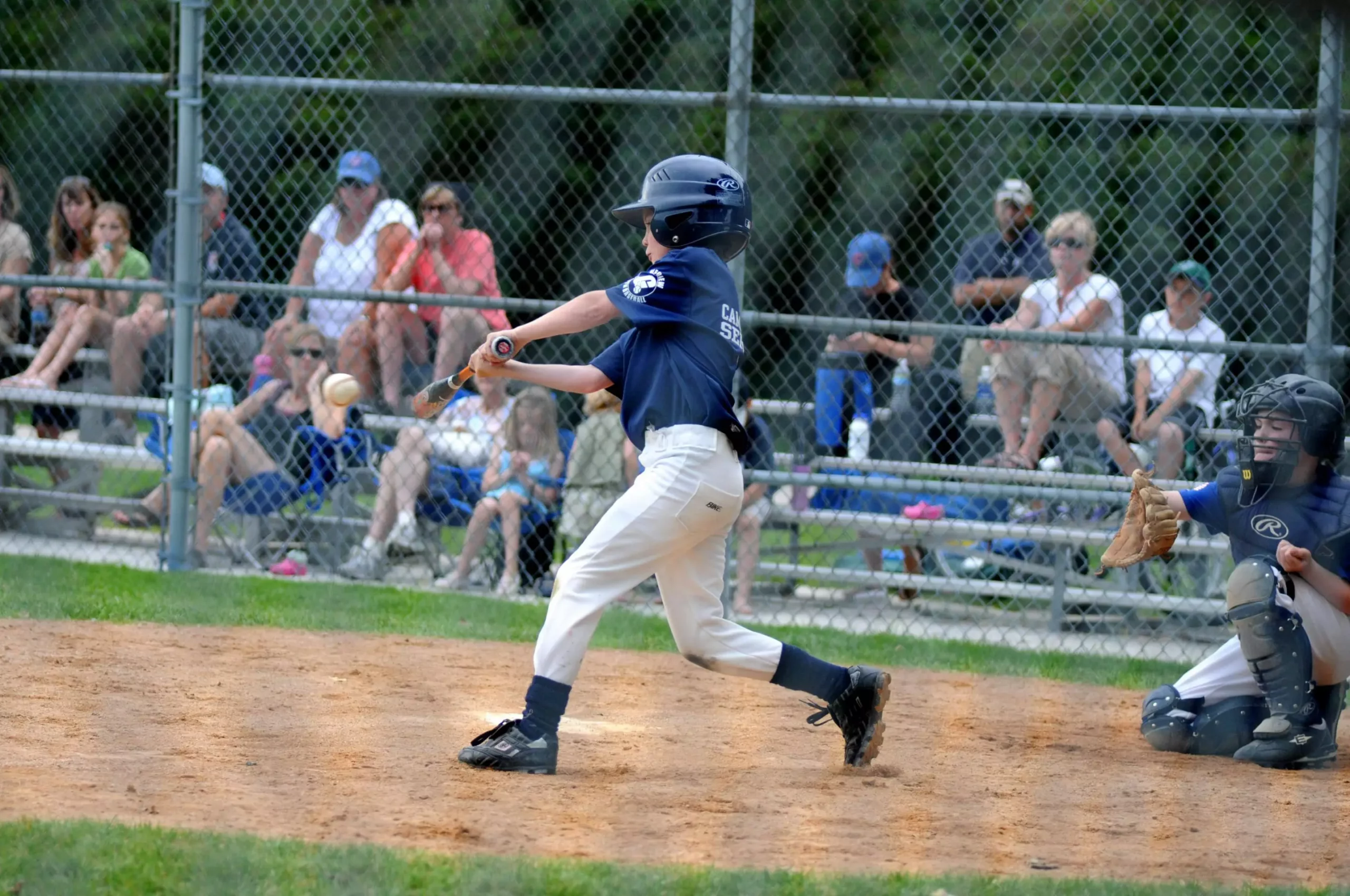Youth baseball is a cornerstone of athletic development for young players. The choice between using metal and wood bats has long been a contentious topic among coaches, parents, and players alike. With the advent of technology and engineering in sports equipment, the dynamics of bat performance have evolved significantly, leading to new debates around safety, performance enhancement, and developing skill. A recent study conducted by researchers at Washington State University sheds light on this critical aspect of youth baseball, offering insights that could shape future standards and practices in the sport.
The choice to utilize metal bats in youth leagues dates back to the 1970s when wooden bats were deemed prohibitively fragile and costly. Metal bats offered an enticing alternative with their durability and performance advantages due to the so-called “trampoline effect,” which allows for a more vigorous rebound of the ball off the bat. A recent investigation highlights this performance differential, noting that the exit speeds of balls hit with metal bats can be up to 5% faster than those struck with wood bats, especially when the ball makes contact away from the optimal hitting zone.
The study analyzed the experiences of 52 young players, averaging 12 years old, as they swung various bat types—including both BPF 1.15 metal bats and newly developed USA Baseball standard bats. Equipped with motion sensors, the equipment measured swing speed and ball exit speed. The findings revealed that while the USA Baseball standard bats result in exit speeds closer to that of wood, they still possess a slight performance edge. This performance gap becomes significantly pronounced when balls connect away from the bat’s sweet spot—a scenario more punishing with wood bats than with their metal counterparts.
The evolution of bat regulations began in response to the growing concerns surrounding player safety and the integrity of the game. As metal bats gained popularity, league officials recognized the risks associated with their increased performance potential, leading to restrictions on their usage. The USA Baseball standard now aims to narrow the performance gap between wood and metal bats, ensuring that the spirit of the game remains intact while still allowing competitive advantage.
Despite the small performance benefit exhibited by regulated metal bats, researchers and experts like Lloyd Smith suggest that these advantages serve a purpose beyond mere metrics. Young players, often still developing their skills, benefit from a lighter bat that promotes better swing dynamics and contact ability. The psychological boost from improved batting averages can keep young athletes engaged and motivated, which is essential to their continued participation in the sport.
While discussions about bat performance frequently dominate conversations among parents and coaches, experts emphasize a crucial point: the most significant determinant of success at the plate remains the skill of the hitter. Smith noted that no matter the bat, the player’s strength and technique have a more pronounced impact on ball exit speed and hitting performance. This insight brings to light the importance of training and cultivating a strong athletic foundation for young players.
Rather than focusing solely on the type or brand of bat being used, experts advocate for prioritizing skill development, conditioning, and practice. Young athletes would greatly benefit from a training regimen aimed at building strength, refining hitting techniques, and overall athleticism. This holistic approach not only fosters individual improvement but also enhances the natural enjoyment of the game.
As the baseball community navigates the complexities of equipment regulations and player development, the findings from Washington State University’s study contribute to a broader understanding of the relationship between bat performance and player success. While it is clear that metal bats offer certain advantages, particularly for younger and developing players, the emphasis should remain on nurturing the skills and physique of the players who wield them.
In an age where the culture of youth sports is continually evolving, striking a balance between performance, safety, and skill development is paramount. Whether coaches opt for wood or metal bats, the ultimate goal should always be to foster a love for the game, enhancing the experience for young athletes as they embark on their journey in baseball.


Leave a Reply